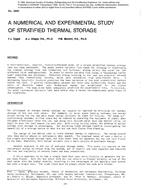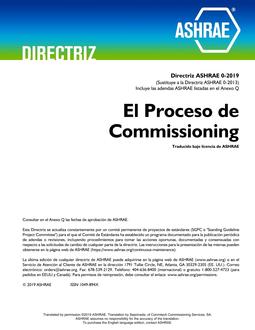Particle diffusion with gravitational sedimentation has been investigated. The property of particle diffusion becomes complicated with the increase of particle size because of the effect of gravitational sedimentation. Maintaining a high degree of cleanliness in a clean room requires the ability to predict and control the diffusion characteristics of various sizes of airborne particles in the room. This study seeks to establish a method of predicting the diffusion characteristics of such airborne particles in a conventional flow-type clean room by numerical simulation based on k-epsilon two-equation turbulence model and by the particle diffusion model considering gravitational sedimentation. In order to validate the accuracy of the simulations, the numerical simulations were compared with the experimental results. A good correspondence was found between the experiments and the numerical simulations of air flow fields. Since it is rather difficult to examine the characteristics of the diffusion field of particle sizes larger than 10 micrometres by experimental methods, the technique of numerical simulation was used to systematically analyse the effect of particle size on the diffusion fields under the effect of gravitational sedimentation. Diffusion fields with particle sizes smaller than 4.5 micrometres in diameter are regarded as having no gravitational sedimentation in a conventional flow-type clean room with a convection-dominant flow field. In cases of larger particle size, i.e., 50 to 100 micrometers, the effect of gravitational sedimentation must be taken into account.
KEYWORDS: diffusing properties, particles, sedimentation, experiment, clean rooms, calculating, indoor, air flow
Citation: ASHRAE Trans. 1992, vol.98, Part 1, Paper number 3551, 82-97, 17 figs., 6 tabs., refs.
Product Details
- Published:
- 1992
- File Size:
- 1 file , 2.1 MB
- Product Code(s):
- D-17734


